CFLs, LEDs and Incandescents Oh My! – A review of light bulbs
Last week when I finally said adios to the Hollywood style strip light, I was eager to put in some energy efficient light bulbs.
While purchasing the light fixture I also checked out the light bulb display. I found myself being drawn to the bulb comparison display at Home Depot. I looked at the different lights and their color effect in the “display room”. Confident with my new knowledge, I walked out with several Soft light CFLs in my bag. But, when I got home and installed them I was NOT happy! They were harsh, bluish and just made the bathroom feel cold and clinical. I can’t tell you how many times this has happened to me. Those displays are so deceiving! They don’t REALLY show you what the bulbs will look like in your home. And don’t even get me started on the paint chip displays! Let’s just say you should NEVER EVER make a final decision on paint at the store!
One of my facebook fans mentioned that she really liked Ottlite bulbs, and that they were just like daylight. I promptly contacted the company and they shipped me out several bulbs to try.
It was at this point that I decided an unscientific test was in order. I started out systematically using just four bulbs, but then I bought a $30 (gulp!) LED lightbulb at the grocery store. And soon, all scientific conditions were thrown to the wind. So, I hope none of you yell at me for my lack of consistency. The test was more for myself , but I figured there might be a few inquiring minds.
One more note on the unscientific-ness of my experiment. All the photographs were taken using the fluorescent setting on my camera (to try to give the best view of the CFLs. Which will explain why the incandescent bulbs look extra yellow. I kept the exact same shutter speed and aperture in each setting. Only the bulbs changed in each photo. These were the various bulbs I used in my test:
I hope you find this comparison as helpful as I did!
First up was an outdoor setting. This light fixture lights up our side door entrance. I was using the regular CFL in the fixture, but it was so cold in appearance and looked odd with the warm yellow light the lanterns by our front door emit.
I really liked the Philips Ambient LED in this fixture and was about to choose that one, but then read that it wasn’t recommended for outdoor or damp locations. Boo. Ultimately I decided on the the incandescent 60 watt bulb. In the meantime I will be on the lookout for a outdoor approved LED lightbulb.
The living room table lamp was the most forgiving light situation. The white shade and medium green walls made most of the light bulbs look good. But, ultimately I decided I liked the Sylvania CFL light bulb best in this fixture.
Our foyer is small, dark and has bright yellow walls. This is also the light we leave on all night to protect sleepwalkers who might otherwise tumble down the stairs. All the bulbs looked pretty good in this location except the Ottlite. It was too harsh, bright and cold feeling.
Ultimately I decided I liked the Philps LED light bulb here. This bulb was by far my favorite light bulb. But, with a hefty price tag of $30, I can’t be buying more than one or two of them!
Our master bedroom was the only location that I liked the Ottlite. The lamp shades have a beige color. This tones down the harsh white of the Ottlite. Plus, it was the only bulb that didn’t make my wall color look sickly brownish gray.
Finally, the room that started this whole pursuit of scientific knowledge: The kids’ bathroom, which has many requirements. The bulbs can’t be too dim that guests can’t see themselves in the mirror. And yet the room can’t be too bright to blind anyone who turns the light on in the wee hours of the night. The light couldn’t be too cold or bluish in cast. Basically I had a lot of requirements for this light fixture.
I also had our friend, Greg, model for me to show the lighting on skin tones.
I felt like Goldilocks in this room (too bright, too dark, too blue!)
1. The incandescents were not very eco-friendly.
2. The soft white CFLS were okay, but still a little harsh and bluish cast.
3. Regular CFL bulbs, these were pretty bad. They were darker and I really didn’t like the light color.
4. The Ottlite was way too bright and harsh for the blue and white bathroom. So, I finally figured out the perfect bulb formula.
That’s right, I’m a bulb mixer. We found that two soft white CFLs and one incandescent light bulb was the magic formula. The two soft white CFLs gives enough light and energy savings without being too clinical. But, the incandescent works to soften the bluish cast.
So although I can’t tell you that I found the PERFECT light bulb. And I still can’t embrace the CFLs, I work with them to try to go easy on my energy bill and lesson my carbon footprint. I mix bulbs in our multi-light (non-dimming) fixtures. I do have to warn you though, if you use CFLs in a closed fixture (like the one shown below with the dome removed.) They will not last as long as they are supposed to.
I also noticed a big difference between the “soft white” CFL bulbs I bought. The Sylvania ones were not nearly as warm as the Ecosmart ones, proving that all CFLs are not created equal.
I did find that I liked different bulbs in different locations. And ultimately I made a decision that allowed me to be eco-conscious but also be happy with our lighting.
But, I really hope that the Philips Ambient LED bulbs will come down in price. They use the least amount of energy, don’t get hot, and give off a light that is very close to an incandescent. So for those of us that still love incandescents, there is hope!
Disclosure: I was NOT paid by any companies to review the above mentioned light bulbs. Ottlite did send me bulbs for free, but I was not swayed to write a positive review. This post is my honest and unswayed opinion.

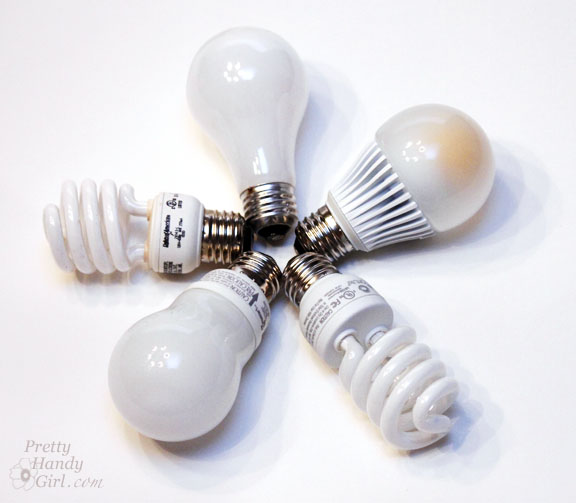

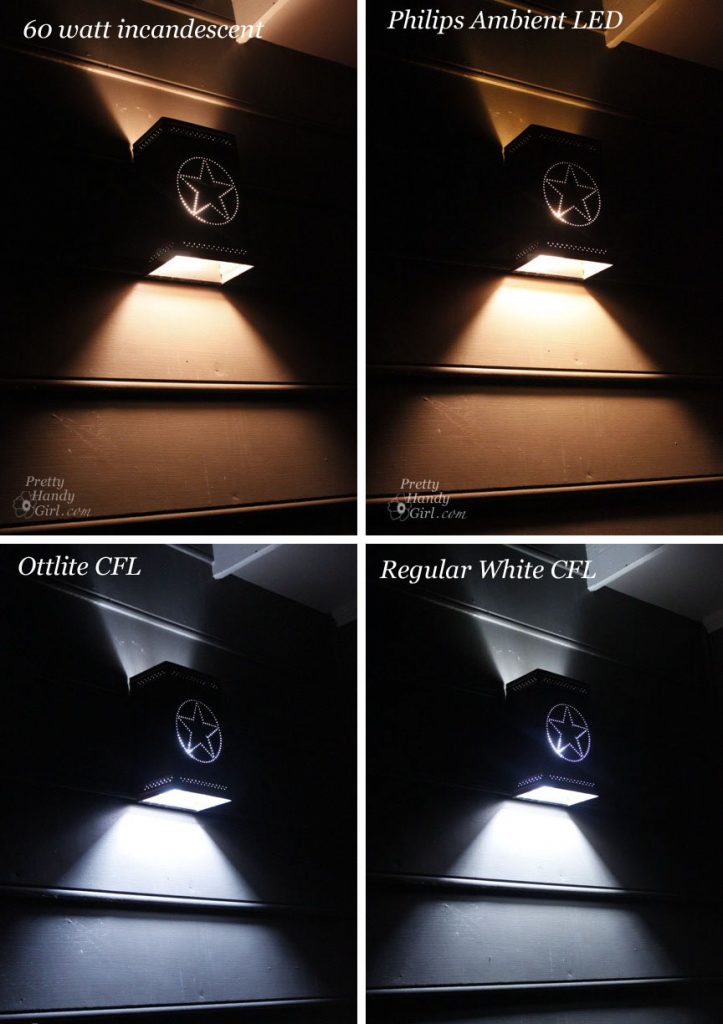
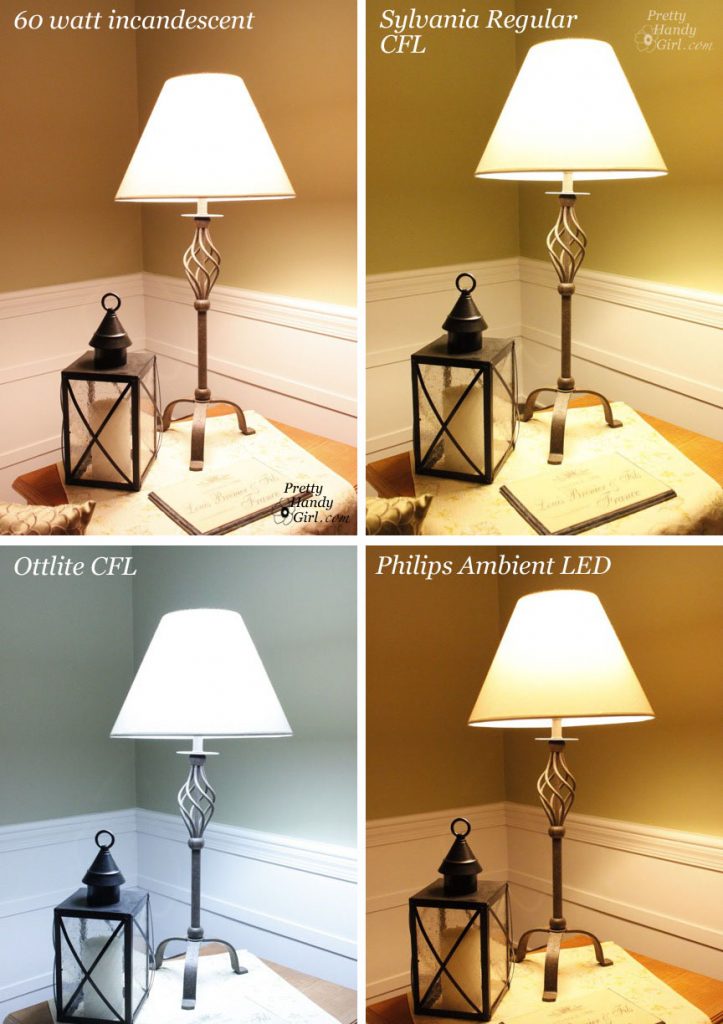
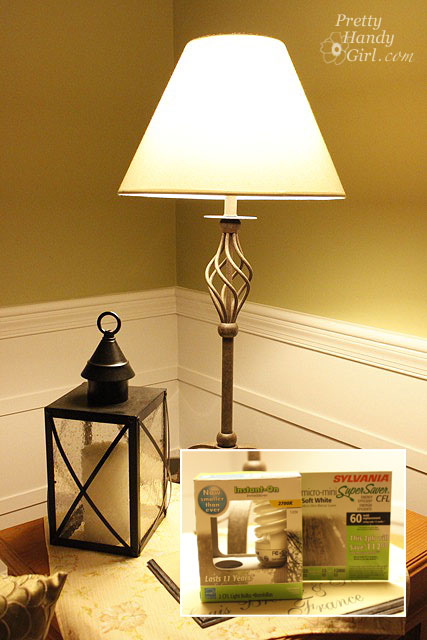
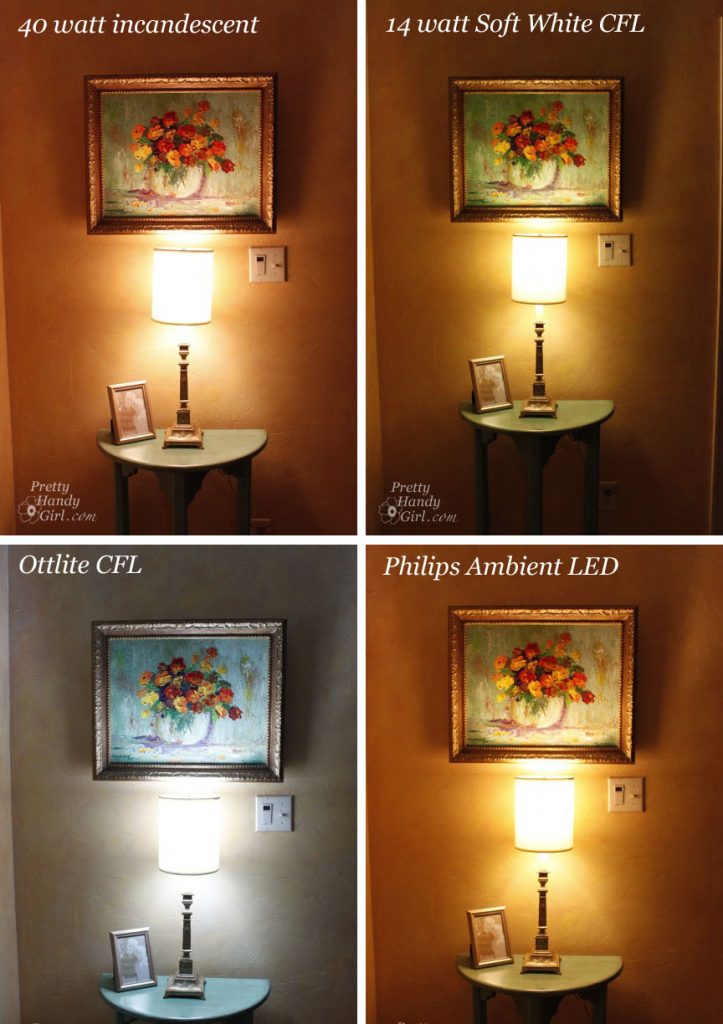
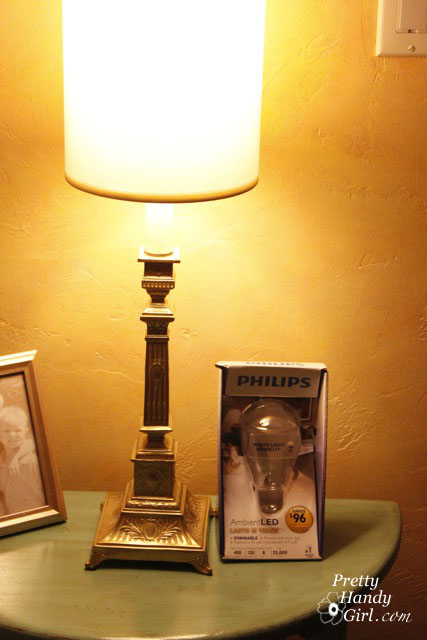
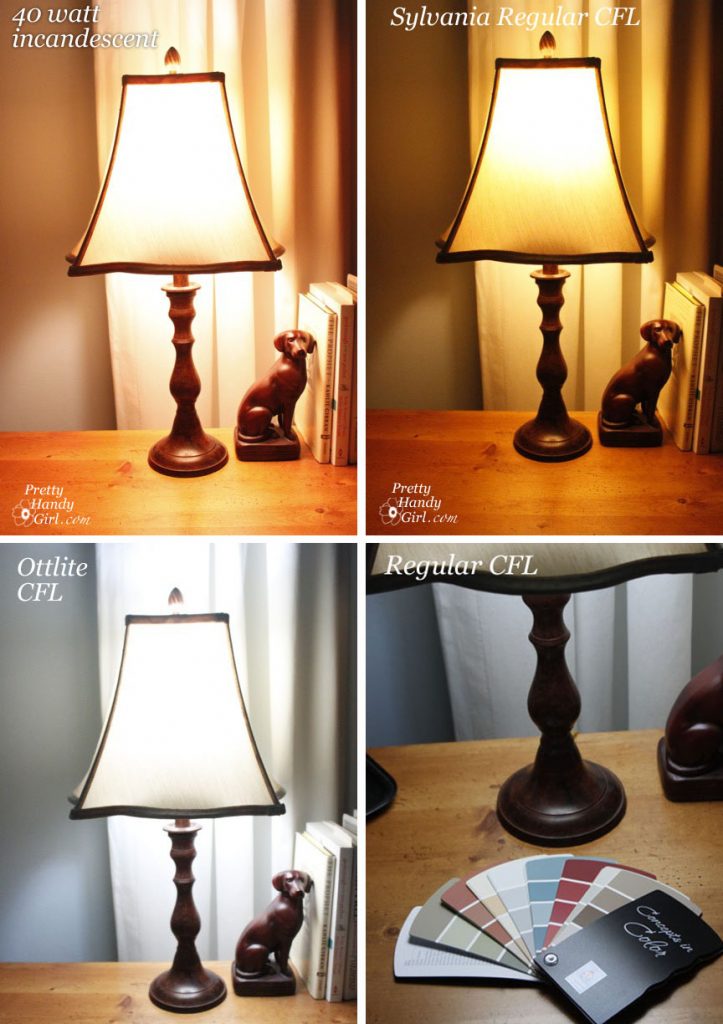
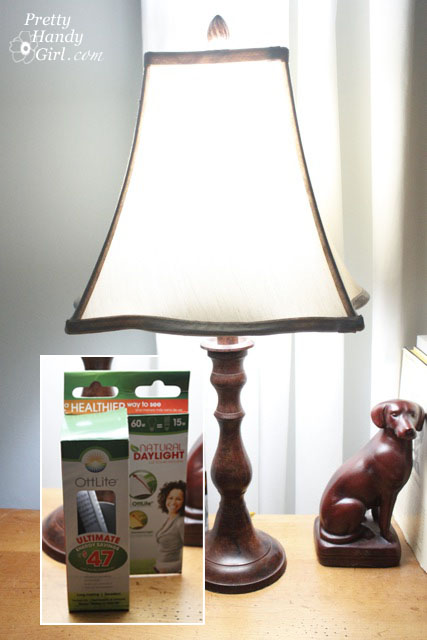
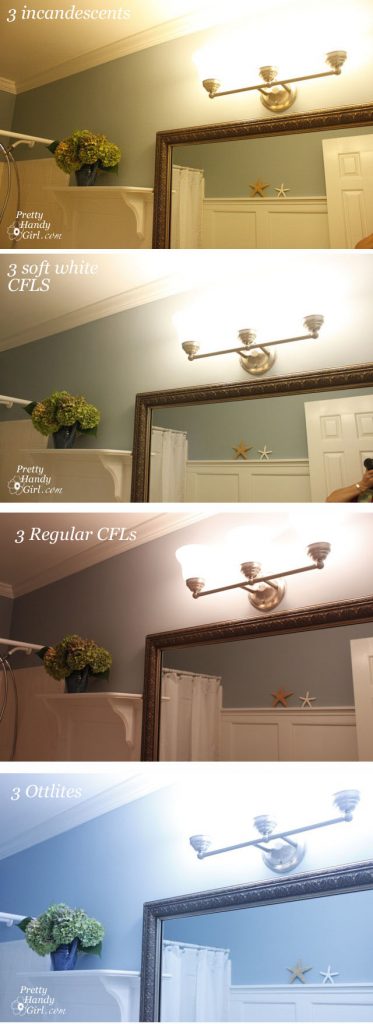

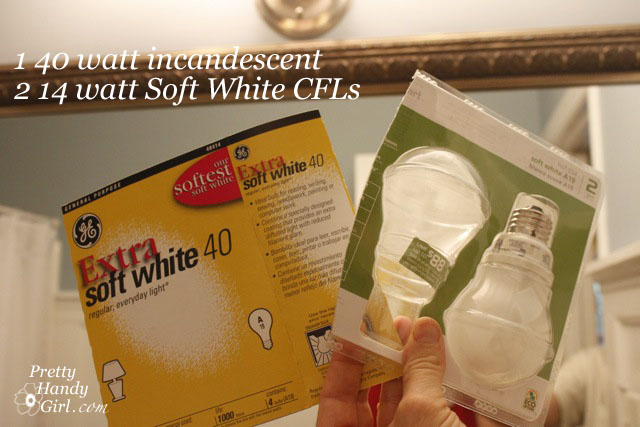
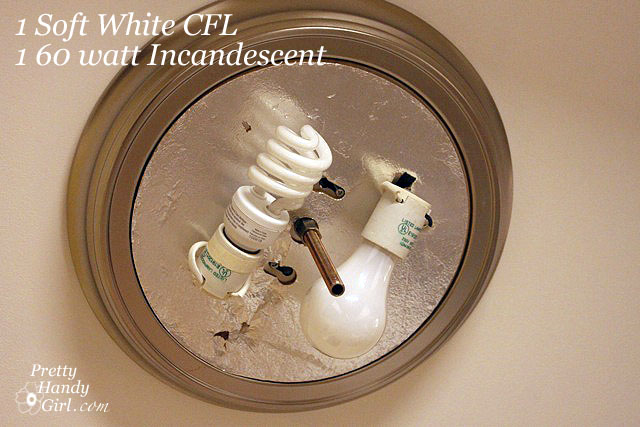

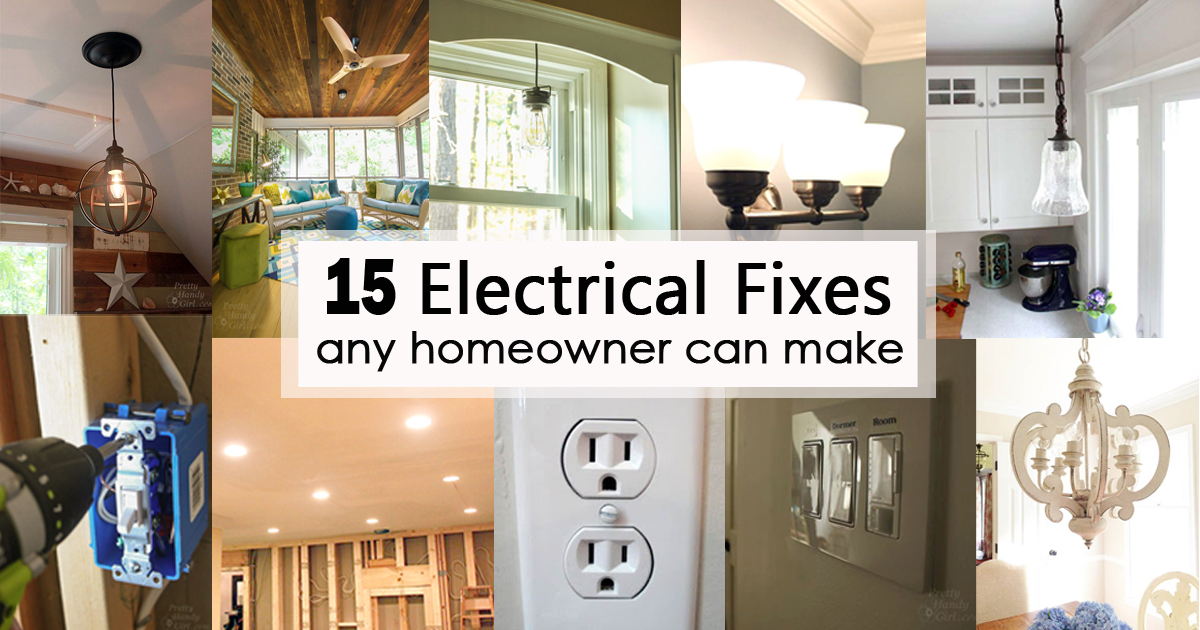

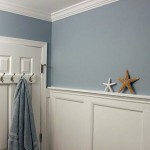
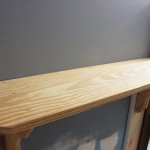
This is a great review, thank you! I also love Jenny’s comments about the lifespan of the LED bulbs. The cost is high because its a ‘new’ technology but mostly because of the lifespan. LEDs last over 30,000 hours. CFLs about 8,000 and incandescents are 1,000. If you take that into consideration of the cost, its a good deal to buy LEDs (esp. because of the environmental benefit). Anyway, I’m just rehashing, but maybe you’d consider doing an updated post about the relative cost? As an environmentally-conscious person, I’d hate for someone to turn away from LEDs because of the initial cost, not knowing they’ll last so much longer! Anyway, I love your summary of your favorite bulbs and especially like that you reviewed them in different rooms, thank you!
Gloria, thanks for your comment. There really is no “regular” setting on my Canon. There is an auto white balance which would have made ALL the pictures look almost the same. I really was not very happy with the ottlites. It was WAY too bright for me. However, I definitely recognize that each person is different in their lighting preferences. So I complete respect that you love them 😉
I did like the Ottlite bulbs in my bedroom lamps. The shade does a great job of cutting down the intensity for me.
Brittany
I really wish you would take more pics using the regular setting on your camera, because I love the ottlite. I crochet and can see the details in my stiches with the ottlite. The colors come alive and TRUE with the ottlite. One time, I discovered that I was wearing a navy sock and a black sock. After that, I would take my dark socks to the window to see the real colors. Now, I have ottlite and all the colors show up as the true, real colors. I crochet under a fixture that has an ottlite and can crochet at night and see the details in my stiches and the true color of my yarn.
Very informative post and comments. Thanks. For the bathroom, I suggest a dimmer switch would help for the wee hours of the night. We have them in our bathrooms and I like them.
I think the statement about leaving CFLs on for at least 15 minutes may date from the early days of their production. It used to be that the starter was what tended to fail rather than the lighting parts of the bulb (I forget the exact terms so am just describing instead). Because of that it was recommended to only use them in lights that you leave on for longer periods. CFLs have improved greatly in recent years though and this is no longer so much of a problem. There are variations in brands though. Consumer Reports evaluates them periodically.
As for the mercury issue, the recommendations are absolute best practice – and a broken CFL exposes you to far less mercury than the old thermometers did. We broke several of those thermometers when I was growing up but in over 15 years of using at least some CFLs in our house, including moving them in our 4 moves, I have never broken a one.
From the Energy Star program “These steps are precautions and reflect best practices for cleaning up a broken CFL. If you are unable to follow them fully, don’t be alarmed. CFLs contain a very small amount of mercury — less than 1/100th of the amount in a mercury thermometer.”
There’s a lot more information both on this page and through the links on the page.
http://www.energystar.gov/index.cfm?c=cfls.pr_cfls_mercury
This was a great show and tell. I never realized how huge some of the differences were between light bulbs.
Monique, me either! I just knew what I liked and didn’t like. And I knew I hated spending money on bulbs I thought I would like but then didn’t.
Brittany
I too struggle with being “green” and loving how my lighting looks. I hate that we have to feel guilty for loving incandescents. Oh well…soon we won’t have a choice so I hope the price comes down on the LED too. Thanks for this very interesting experiment and post. By the way, my sister asked an electrician about why the CFL’s don’t always last as long as they say they will, and he said if you don’t leave them on for at least 15 minutes after you turn them on, you will shorten their lifespan. Interesting huh?
Nanci,
That is very interesting about the not leaving them on for more than 15 min. I hadn’t heard that. I had heard that some of the cheaper ones are not manufactured to the same high standards as others.
Brittany
I’m a little upset the lack of information. First off, I’ll disclose that my hubby is a lighting guy working out at Cree in Durham. I know more about lighting than the average person wants to hear at the dinner table. I’m also an engineer, so I don’t mind hearing about the mechanics of light.
Life span of the LED bulbs is the reason for the high price. LEDs last 16 to 20 years, do not contain toxic materials, and instead of blowing out LEDs get dimmer.
What your test was checking is what color temperature you prefer in each room with the amount of light (candles) over wattage.
Cool and bright bulbs are bluer, truer white (clinical?). Warm and soft bulbs yellower and warmer. The US prefers warm lighting – makes everyone look tanner/healthy. Asia prefers cool bulbs because cool lighting. The warm makes everything yellower, look sickly. My skin tone is from my pacific islander heritage, so we have cool lighting in my house. My youngest had lots of blood work in her first days of life because her coloring looked jaundiced, she was not. It all comes down to preference. The Ott lights are natural lights – in sunlight spectrum. Once the color temperature is decided, any option of lighting can be found in that color (not Ott as they only do natural).
Also to note, bulbs like CFLs have to warm up to get to their steady color. A CFL’s actual color might not be what you see in the first 5-7 minutes of turning it on. CFLs are toxic and should be disposed as hazardous waste. If one breaks, leave the room immediately to avoid inhaling mercury. Come back and clean it up 15 minutes later.
Check this chart out for life span and energy savings.
http://www.designrecycleinc.com/led%20comp%20chart.html Looking at cost with LEDs one must consider energy savings on top of life span.
Jenny, this is great information! Thank you so much for sharing.
I had no idea that we as a culture preferred different temperature based on our skin color. That is really interesting.
I’m glad you commented about the CFLs being toxic and how to handle them when they break. I had also heard that you need to open the windows, then pick up the pieces and seal them in a plastic bag before throwing them away. That is a lot of work and rather scary for just a light bulb.
Brittany
For our location, we take all our hazardous waste to the hazardous waste dump to be sealed in bins and transferred to Greenboro to be handled. CFLs are hazardous waste and putting them in the regular trash allows the toxins into the soils and water.
As for loving your lighting it’s really not tricky. Check the color temperature of the bulb, cfl, or led. They all come in a range of colors, rated by a number. Much easier to get the lighting that way.
http://www.energystar.gov/index.cfm?c=cfls.pr_cfls_color
Who would’ve thought bulbs made such a difference! Quite honestly, I hardly pay attention. But now…well, now I’ll be paying attention! Thanks!
Becky B.
http://www.organizingmadefun.com
Organizing Made Fun
Hi Brittany-
This is such an important post for anyone who wants to make their home more beautiful. Choosing the right lighting, placement, bulbs and wattage is so important in decorating, but most people only pay attention to the actual choice of the fixture. Lighting not only effects what you see, but the mood too which accounts for a lot in the way you feel in a space -it is so important. I cannot tell you how many homes I have helped decorate where the first thing I did was to change the lighting – simple – yet so effective.
I hope you have a great weekend.
My best- Diane
I am VERY effected by light. So much so that I’ve repainted almost every room in this house to a lighter color to bounce more light. And, I’m always trying to tweak the light bulbs in our fixtures to get the perfect amount and temperature of lighting. Must be the visual person in us, huh?!
Brittany
This is definitely getting a bookmark. I always spend way too long in the light bulb aisle trying to guess which bulb is going to give me the color I like. I tend to pick out the Phillips Daylight bulbs because the white balance looks pretty normal. So – why are those LED’s so expensive, and will they really save you X amount of money over the long run?
Vonnie, I suspect it will be like the CFLs, they will eventually come down in price once there are more manufacturers.
What an excellent summary, I will be bookmarking this page for sure. I liked the Ottlite in most of the pics, it jsut appeared the more non-yellow if you will but it may look different in person. I always feel like I’m removing yellow form my photos, maybe that’s why I like it.
You are a rebel with your bulb mixing!
Jessica,
I really do think it comes down to personal preference. And what you are used to. I’m hoping that either CFLs will come around or I’ll get around to liking them one day.
Brittany
Just found your site, LOVE it! I’m a kindred spirit. I’ve renovated 10 houses. this is full of great info.
Welcome Lynn! Wow, you’ve renovated 10 houses! Fantastic. I’m on #2, but not a lot of renovating. Mostly just lipstick and pretty clothes to dress them up ;-).
This is very interesting and helpful! Thank you.
Interesting experiment. As a sewer, I know that Ott’s are supposed to show true color for fabrics. How odd that everything looks blue in the photos!
As for Philips brand, I long ago stopped buying them because they lasted such a short time. I was replacing bulbs so often I started to pay serious attention. Once I stopped using the Philips that were so readily available at the grocery store, I was back to hardly ever having to buy them. It’s worth the trip to a big box store for the few times I need to replace the General Electric or Sylvania brands.
I do like the ones that simulate daylight and the LED’s. I find CFL bulbs frustrating–just not bright enough. I swear they make my eyes hurt!
Baye, well it was because I had my camera set on fluorescent lighting. I guess they are very different in lighting than fluorescent bulbs.
The Ottlite is supposed to simulate daylight. I just found it too bright and harsh for me except when filtered by a beige lamp shade.